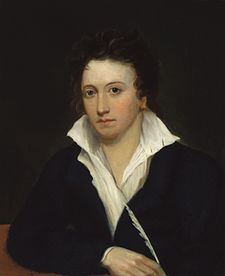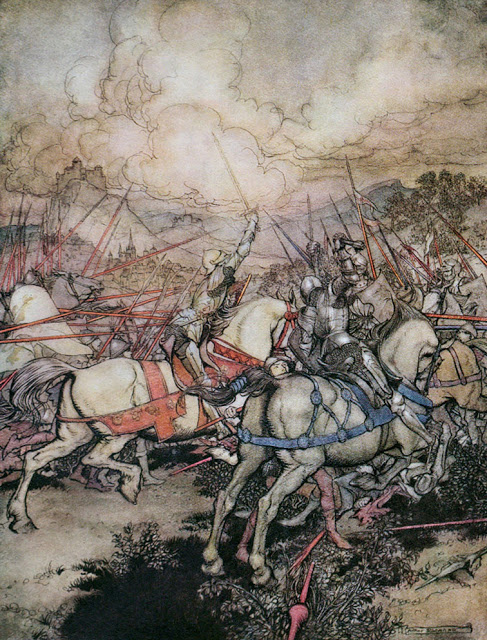QUOTE FOR THE WEEK:
There were years when I went to the cinema almost every day and maybe even twice a day, and those were the years between ’36 and the war, the years of my adolescence. It was a time when the cinema became the world for me. (“A Cinema-Goer’s Autobiography” in The Road to San Giovanni by Italo Calvino.)
Rick’s Journal – MY FILM CAREER
Baby Face
Alfred E. Green
1933
I never look forward to any film featuring Barbara Stanwyck — except The Lady Eve, Double Indemnity or Meet John Doe. But this is a gripping story, visually presented. The camera climbs up the building in which our “heroine” continually reaches for and achieves success.
She is believable in the role and gives the sex scenes real punch.
_______________________________________________________
Stingaree
William A. Wellman
1934
Set on an Australian cattle ranch this period piece is a silly melodrama, but the direction and the performances makes us believe it.

Director William Wellman
There are fine moments. There is a scene of Richard Dix and Irene Dunne exploring a trunk of clothes that has a magical light. And in an at-the-piano scene in which Dunne sings to Dix’s accompaniment, their exchange of amorous glances is potent. More than once in the film Dunne’s thoughts in the form of unspoken flashbacks are superimposed over her face on screen. The common silent technique is used to advantage here in 1934.
Unfortunately, the supposed Australian setting is warred against by a typical-then Hollywood mix of accents.
SPOILER ALERT: The ending is a 1934 shocker as Dunne rides off, on horseback, with Dix who is fleeing the police.
My Halliwell guide says that the film has a color sequence, but there was not one in the Turner Classic Movies print I viewed.
____________________________________________________________
ADDENDUM TO FABULOUS DUO (Rick’s Flicks 10/26)
CINEVENT comment on the sequence in which Sascha plays his New York-inspired composition: “The scene opens as Sascha is playing…As Gaynor runs down the fire escape, the music surges forth with a pulsating rhythm that could only be Gershwin. For this complex mixture of curiosity and awe turning to alienation and depression, Butler created a wonderful montage full of Germanic images, including spirits rising from a graveyard and the skyline metamorphosing into clutching hands, as Gaynor runs through the city, each block bringing more terror than the last. Gershwin’s score goes on to capture these images with a piece of music so reminiscent of his Rhapsody in Blue that he initially called it Rhapsody in Rivers.” (Eventually New York Rhapsody.) — (From CINEVENT notes 2007 by Dave Snyder and Steven Haynes.)
THE LEGENDARY DUO _____________________________________________________________
AND A FINAL QUOTE:
Director Jim Jarmusch on photographer Robby Müller: “He really taught me how to make a film: how to avoid the obvious in locations; how to use beauty in the service of the story and characters; and how black and white can stimulate the imagination by a reduction of information — that it can be more dreamlike and evocative than color.”
Müller, who photographed Jarmusch’s Dead Man and Wim Wenders’ Paris, Texas, died this past summer.
(Quote from the New York Times obituary for Robby Müller by Richard Sandomir, 8/11/18.)
NEXT FRIDAY POST November 30
Until then,
See you at the movies,
Rick






